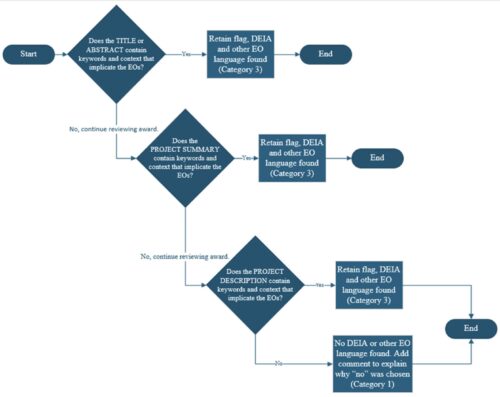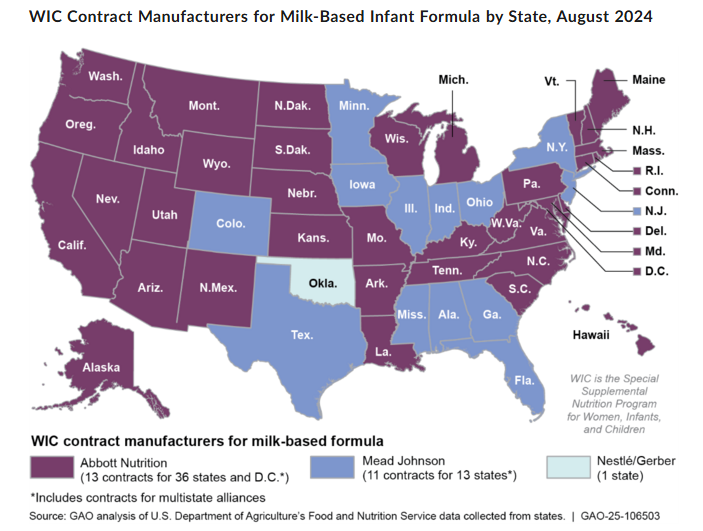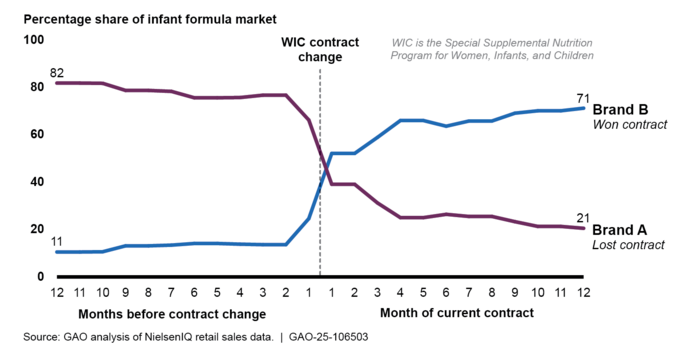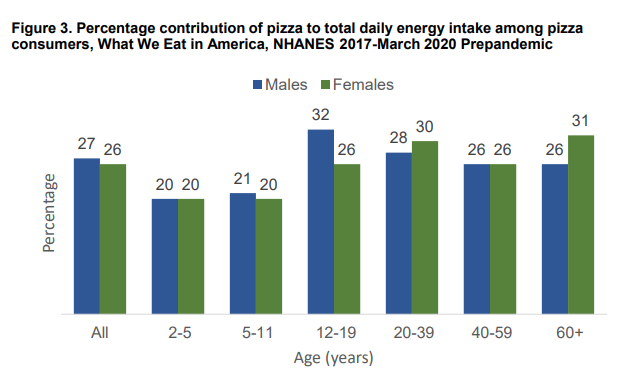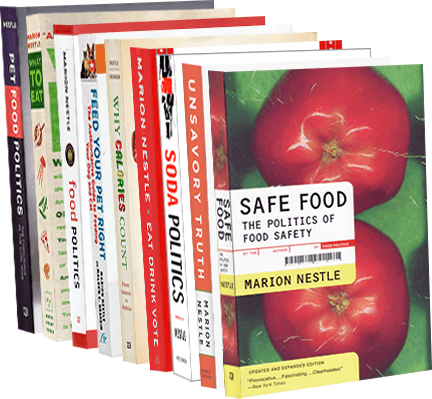The new A-Word: Advocacy
As a long-time proponent of food advocacy, I’ve been collecting suggestions for what you and I can do to stop or counter presidential decrees that we think damaging to Americans and American democracy.
A lot of this is easy. Do it!
- State your opinion to Washington: Call the Capitol switchboard: (202) 224-3121.
- State your opinion to your representatives. To find your representative, click here. To find your Senator, click here.
- Protect the vulnerable in your community; Urge your state’s attorney general to file complaints, injunctions, and restraining orders. To find your state attorney general, click here.
- Join with others in your community to protest what needs to be protested. To find local organizations working on such issues, click Indivisible here.
- Boycott companies enabling the illegal government takeover. Click here to find out a corporation’s politics.
- Support groups doing the litigating. Track federal cases here.
- Speak truth to power. Get news from reliable sources; spread it.
- Take care of yourself; stay strong.
Much of this has been inspired by Robert Reich’s daily comments on current events, and his summary of needed actions.
He says,
We will get through this, and we will prevail.”
But it will require confidence, courage, and tenacity. We need to stay healthy for this fight. We need to be fortified by those we care about. And we need to be there for those we love.
His final piece of advice: “keep the faith.”
Do not give up on America. Do not fall into the traps of cynicism and defeatism. Remember, Trump won the popular vote by only 1.5 points. By any historical measure, this was a squeaker…America has deep problems, to be sure. Which is why we can’t give up on it — or give up the fights for social justice, equal political rights, equal opportunity, democracy, and the rule of law.

